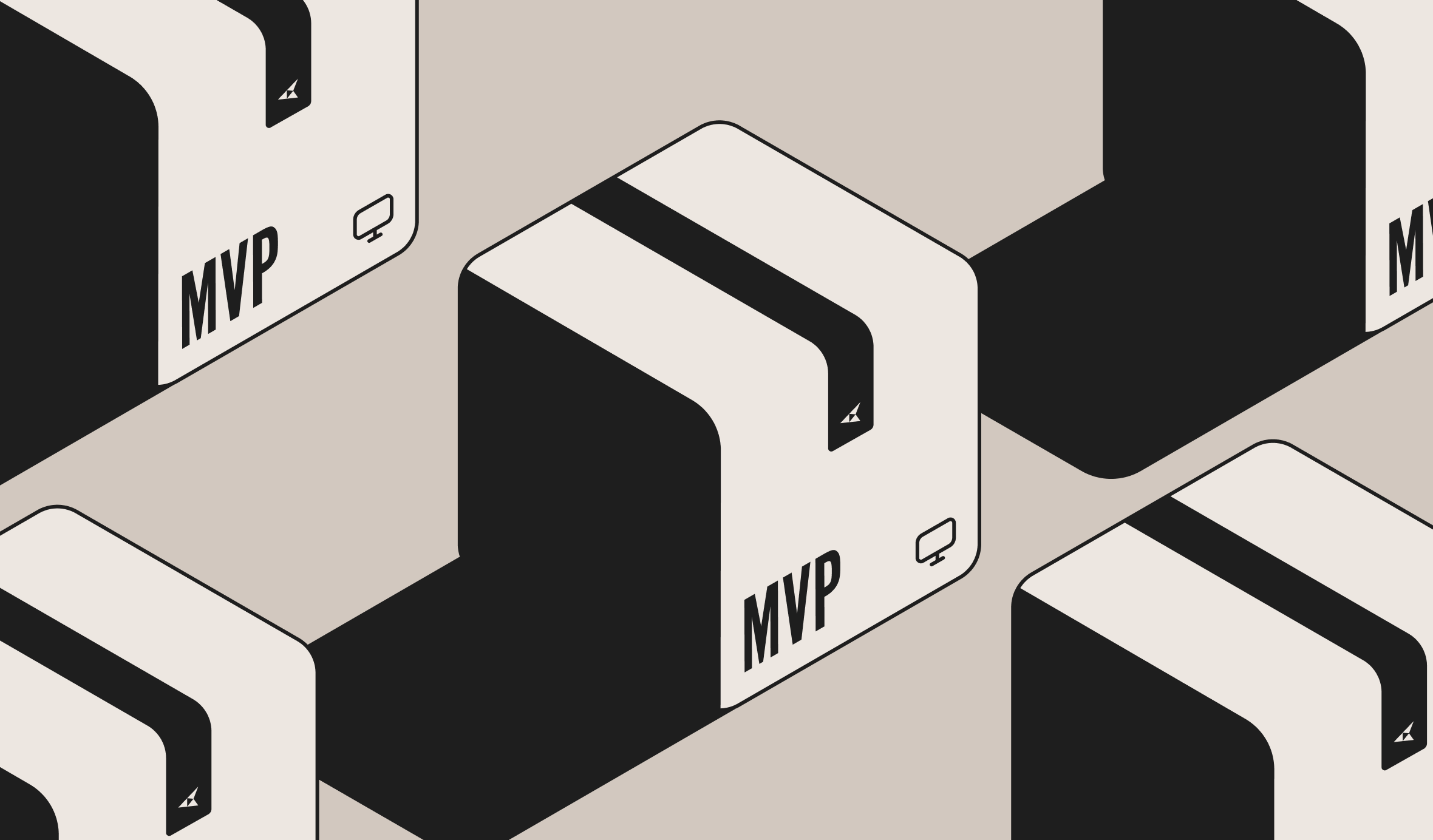Building a Successful MVP the Drawbackwards Way

When businesses use the term MVP (Minimum Viable Product), the emphasis is usually on “minimum.” Product teams often feel pressured to rush a basic version of a new software product or feature into the market with minimal development time and costs.
Sure, that’s important for short-term business needs. But let’s talk about what really matters for long-term success: viability. A successful MVP is more than just a proof of concept. It’s your (sometimes one and only) chance to test your assumptions, gather user data and feedback, and identify critical opportunities for improvement.
Sometimes the “product” gets lost in an MVP. What’s the point of an exciting idea if it’s impossible to build? Can it actually scale and make a profit?
These are questions we’ve helped dozens of clients, from startups to global corporations, answer over the past two decades. Some needed to test their way to product-market fit. Others were looking for new ways to reignite their existing user base.
Through it all, we've discovered three core principles that are essential for any successful MVP, no matter your goals.
Here’s how to build a successful MVP the Drawbackwards Way.
Make Your MVP Ruthlessly Minimal and Viable
Yes, your MVP needs to be minimal. But what does that really mean? It’s not just a matter of producing a vague “light version” of the product with as little time and money as possible. An MVP must also be viable. It needs to provide value to both the business and users.
That’s why a successful MVP requires a solid strategy with a specific purpose, goals and vision tied to measurable metrics. “Minimal” means that your MVP includes only the features that will deliver the most value and can help you better understand your product and users.
So start having those crucial conversations among your business and product leaders. Be ruthless in carving out the scope of your MVP. Don’t get distracted by exciting new ideas that deliver marginal value. Focus on the essential features that will give you the answers you need.
With fewer features jammed into the MVP, the product team can more easily cut out unnecessary designs and optimize the code to deliver an essential user experience, saving both time and money in the long run.
Make Your MVP Rapidly Iterable
A successful MVP sets the stage for iterative development, saving you time and money while finding the perfect fit with users. Let’s face it, your first attempt is unlikely to hit the mark. You need to plan for failure with a system that lets you pivot quickly based on user feedback, trying out new designs and features for testing and refinement.
Imagine you’ve set out a two-year timeframe to identify your product-market fit. You’ve done the hard work of ruthlessly defining a minimal and viable offering but you quickly realize it’s not landing with users. If you’re stuck in a cycle of slow and infrequent iterations, only shipping updates every six months, you’ll have four chances to get it right. If you embrace faster and tighter iterative cycles, you’ll have exponentially more shots at building a product that truly works.
To make this happen, your MVP game plan must include seamless collaboration between designers and developers. They need to be in sync, collecting user feedback, bouncing ideas off each other, and rapidly prototyping and testing new concepts. They also need tools that are easy to use and allow for version tracking to quickly build on previous ideas without wasting time recreating specific elements.
Building a robust and user-centric product is the end goal of any MVP. You can’t do that if user feedback gets lost in the shuffle, your tools are clunky, or your left hand doesn’t know what the right hand is doing.
Make Your MVP Flexible
Here’s the biggest trap of all. Don’t build your MVP in an environment that can’t handle its full product potential. Talk about wasted time, energy and money. If you find the perfect product-market fit the last thing you want to have to do is start a complete overhaul to meet market demands.
Think about your deployment pipelines from the beginning. Put safeguards in place to reduce maintenance costs and ensure your code is top-notch. Consider how you’ll expand your MVP once you identify the killer features and concepts worth pursuing.
We’ve helped our clients avoid catastrophe down the line and mitigate risk by ensuring their MVP is built within a clean and smooth deployment pipeline that will scale with the product. We’ve chosen a framework that we’re confident will hold up under the weight of the full future product. We’ve ensured the code we deliver is of the highest quality because it’s written by 10x developers.
Make Your MVP the Drawbackwards Way
There’s considerable risk in launching a full-scale product without testing the market. Even if you already know your product-market fit, there’s still risk in building new features your users don’t care about. An MVP can minimize the risk of investing resources in something that may not gain traction. But that’s only possible if it allows you to make informed decisions based on real data and feedback and quickly take action on those decisions.
Building your MVP the Drawbackwards Way will allow you to validate your ideas, minimize your risks, optimize your resources, and ultimately deliver a customer-centric product that can evolve with your users and the market. Our approach shortens your feedback loop from weeks or months to hours or days so you can rapidly iterate your way up the Experience Success Ladder and build a meaningful product that will deliver long-term value for your business and your customers.
Get in touch and tell us about your vision so we can start helping you build an MVP that will get you there.